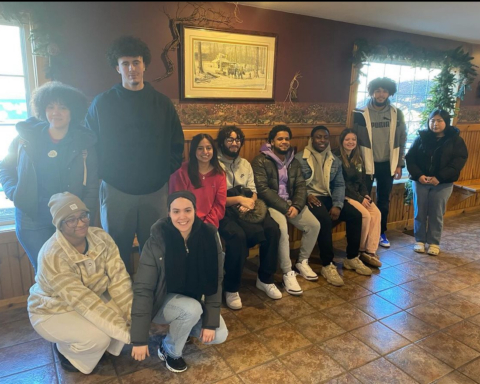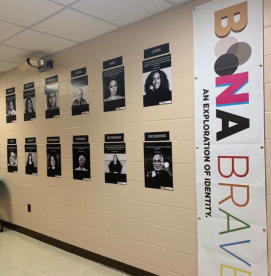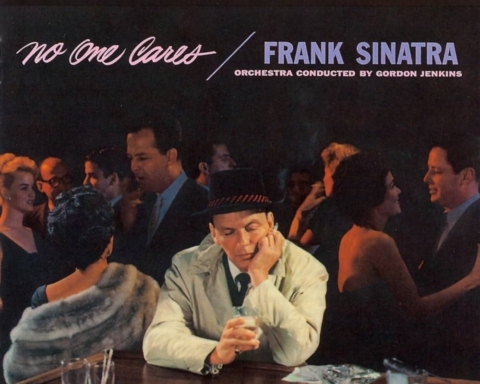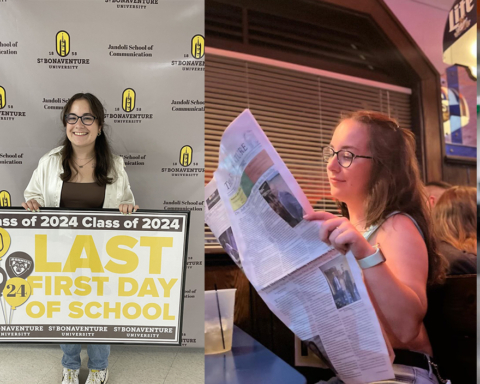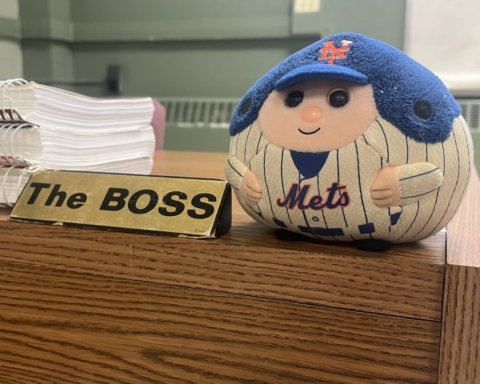
By Matthew Villanueva
Contributing Writer
As Jacqueline Woodson, author of “Brown Girl Dreaming,” a memoir told in poetry, once said, “Diversity is about all of us and about us having to figure out how to walk through this world together.”
Being an English and secondary education double major, I love classic American literature: Carver, Fitzgerald, Hemingway, Salinger, Steinbeck, Whitman and so forth. But there’s one extremely similar characteristic between all of them: they are all white males. Open a history textbook, you’re likely to find a “white man’s history.” A heroized version of Columbus, a diminution of the civil rights movement, a redaction of the trail of tears and a brush over the KKK. Open a collection of modern American literature, you’ll likely find a reduction of new negro movement.
Toni Morrison, an illustrious African-American author said, “In this country, American means white. Everybody else has to hyphenate. Black literature is taught as sociology, as tolerance, not as a serious, rigorous art form.”
Women also get the short end of the stick when it comes to exposure in the modern curriculum. Sure, you have probably read one or two poems by Emily Dickinson in high school along with Harper Lee’s classic “To Kill a Mockingbird,” but the injustice to women is not properly illustrated in either. The 20th century posed hundreds of brilliant women authors who broke out after 1920 and the ruling of the 19th Amendment. Consequently, little exposure to their works are revealed in the common core, almost erasing women’s progress entirely.
The goal of literature is also the same for all cultures: to explore what it means to be human and to examine human nature. American authors are not the only ones equipped to do so; the process of literature is more or less the same.
Gabriel Garcia Marquez, a famous Colombian author, said, “Ultimately, literature is nothing but carpentry. With both you are working with reality, a material just as hard as wood.” Marquez represents just a small allotment of distinguished Latin American writers.
Haruki Murakami, a popular Japanese writer, wrote, “There’s no such thing as perfect writing, just like there’s no such thing as perfect despair.”
Being a writer has no boundaries and the American curriculum should recognize that. Literature can have the same effect, no matter the language.
This past week was the first week of Black History Month, but it should be celebrated for more than 28 days a year. In Dr. Megan Walsh’s African American Literature class, which I am taking this semester, she opened describing the importance of her class, that black history is our history. And she’s right, black history is our history. So is Asian American History, Latin American History and the history of Indigenous peoples.
By the time I start teaching literature, I hope to be able to teach similar authors I began to know and love, but I also hope to teach literature that helps the future generation make a global impact. Teaching diversity is not only about learning our history, but it is about understanding our history and what we can do to create a more equal and better tomorrow around the world.


villanjv18@bonaventure.edu

